03 novembre 2015 Romandie.com (AFP)
Pékin - L'armée américaine poursuivra ses déplacements en mer de Chine méridionale partout où l'y autorise le droit international, a assuré mardi à Pékin un haut responsable du Pentagone, peu après le passage d'un navire de guerre américain près d'îlots dont la Chine revendique la souveraineté.
Les eaux internationales et l'espace aérien international appartiennent à tout le monde et ne peuvent être sous la domination d'une quelconque nation, a prévenu l'amiral Harry Harris, chef des forces américaines dans le Pacifique, en visite en Chine.
Notre armée continuera de voler, de naviguer et d'opérer partout où le droit international nous y autorise. La mer de Chine méridionale n'est pas et ne sera pas une exception, a-t-il martelé, selon le texte d'un discours prononcé à l'Université de Pékin.
Le destroyer lance-missiles USS Lassen avait navigué le 28 octobre à moins de 12 milles d'îlots artificiels construites par Pékin en mer de Chine méridionale, dans l'archipel disputé des Spratleys.
Pékin avait réagi avec colère, dénonçant une incursion illégale, sans la permission de la Chine, et déplorant une menace pour sa souveraineté et ses intérêts sécuritaires.
Cela a créé un climat de discorde pour notre rencontre et cela est très regrettable, a déclaré le chef d'état-major de l'armée chinoise, le général Fang Fenghui, lors de son entretien mardi avec M. Harris.
L'appel lancé par Washington, exhortant Pékin à arrêter la militarisation de la mer de Chine méridionale, tout en envoyant un navire de guerre dans la zone était une tentative de priver la Chine de son droit à la légitime défense en tant qu'Etat souverain, a déclaré mardi la porte-parole du ministère chinois des Affaires étrangères, Hua Chunying.
C'est une expression typique d'hypocrisie et d'hégémonisme, a-t-elle ajouté.
La Chine considère comme ses eaux territoriales la zone des 12 milles autour de ces îlots qui affleurent parfois à peine au-dessus du niveau de la mer, ce que réfute Washington.
Pékin revendique des droits sur la quasi-totalité de la mer de Chine méridionale, se basant notamment sur une délimitation en pointillés apparue sur les cartes chinoises dans les années 1940 - une source de vifs différends territoriaux avec ses voisins.
Ces revendications, constamment rejetées par les Etats-Unis, ont été qualifiées d'ambiguës par l'amiral Harris, qui a évoqué la soi-disant +ligne en neuf traits pointillés+.
Pour asseoir ses prétentions dans la région, Pékin mène d'énormes opérations de remblaiement des îlots, accélérant depuis un an la transformation des récifs coralliens en ports, pistes d'atterrissage et infrastructures diverses.
- 'Pas pessimiste' -
Les Spratleys, qui comprennent une centaine d'îlots et de récifs inhabités, sont également âprement revendiqués par le Vietnam, la Malaisie, Brunei et les Philippines, un allié de Washington.
Les Etats-Unis et des pays d'Asie du Sud-Est redoutent un coup de force du géant chinois qui lui donnerait le contrôle sur l'une des routes maritimes commerciales les plus stratégiques du globe, par laquelle transite notamment un tiers des cargaisons mondiales de pétrole.
L'amiral Harris a néanmoins eu quelques mots conciliants mardi pour vanter le dialogue entre les marines chinoise et américaine et rappeler les visites effectuées par les navires de chaque nation dans des ports de l'autre pays.
Certains experts prédisent un affrontement à venir entre nos nations. Je ne souscris pas à cette vision pessimiste, a observé l'amiral, pointant de nombreux sujets où (les deux pays) trouvent un terrain d'entente.
Pékin a annoncé vendredi son rejet de toute conclusion de la Cour permanente d'arbitrage (CPA), organisation internationale qui s'était déclarée la veille compétente pour juger certains aspects du différend territorial l'opposant à Manille en mer de Chine méridionale.






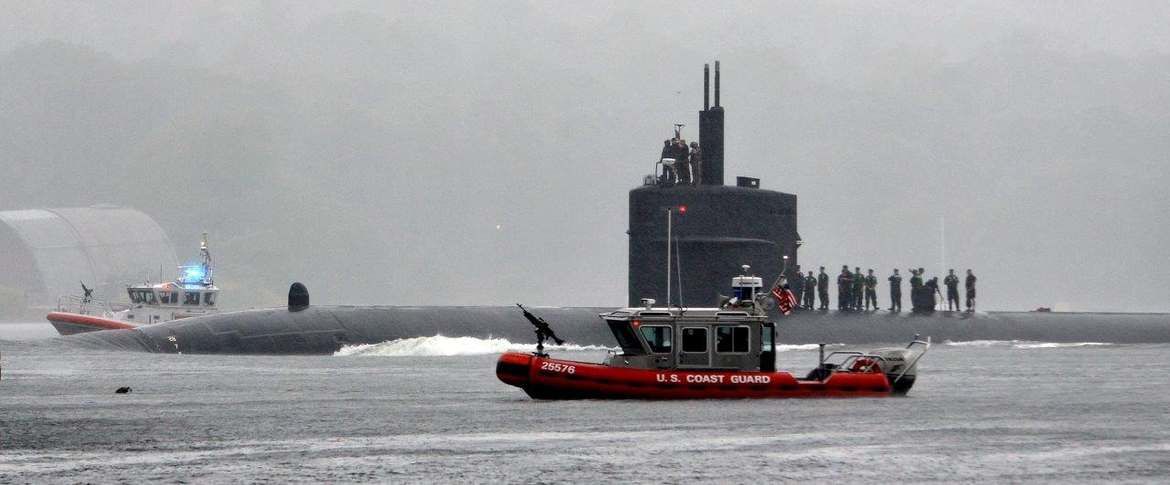


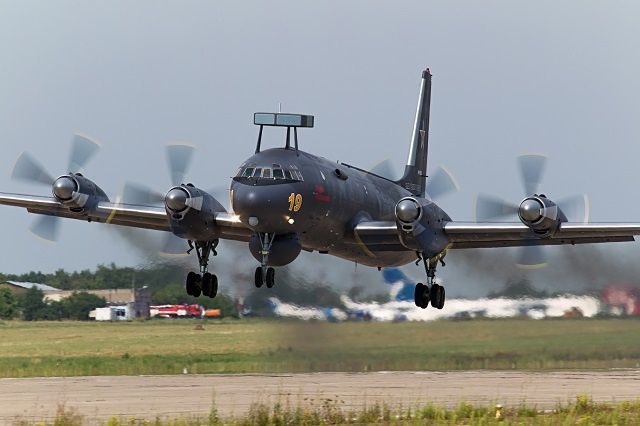



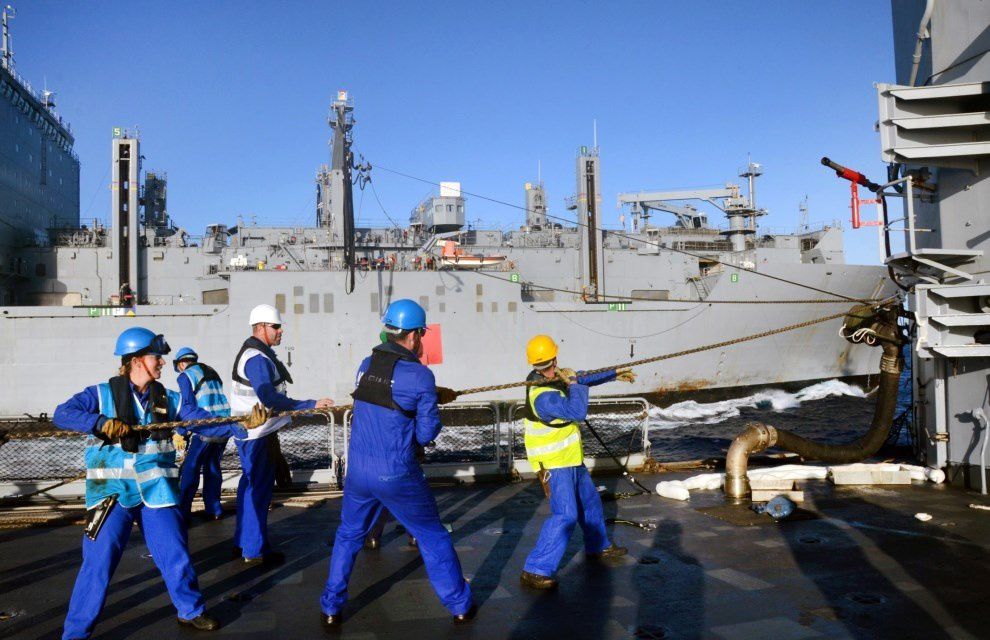

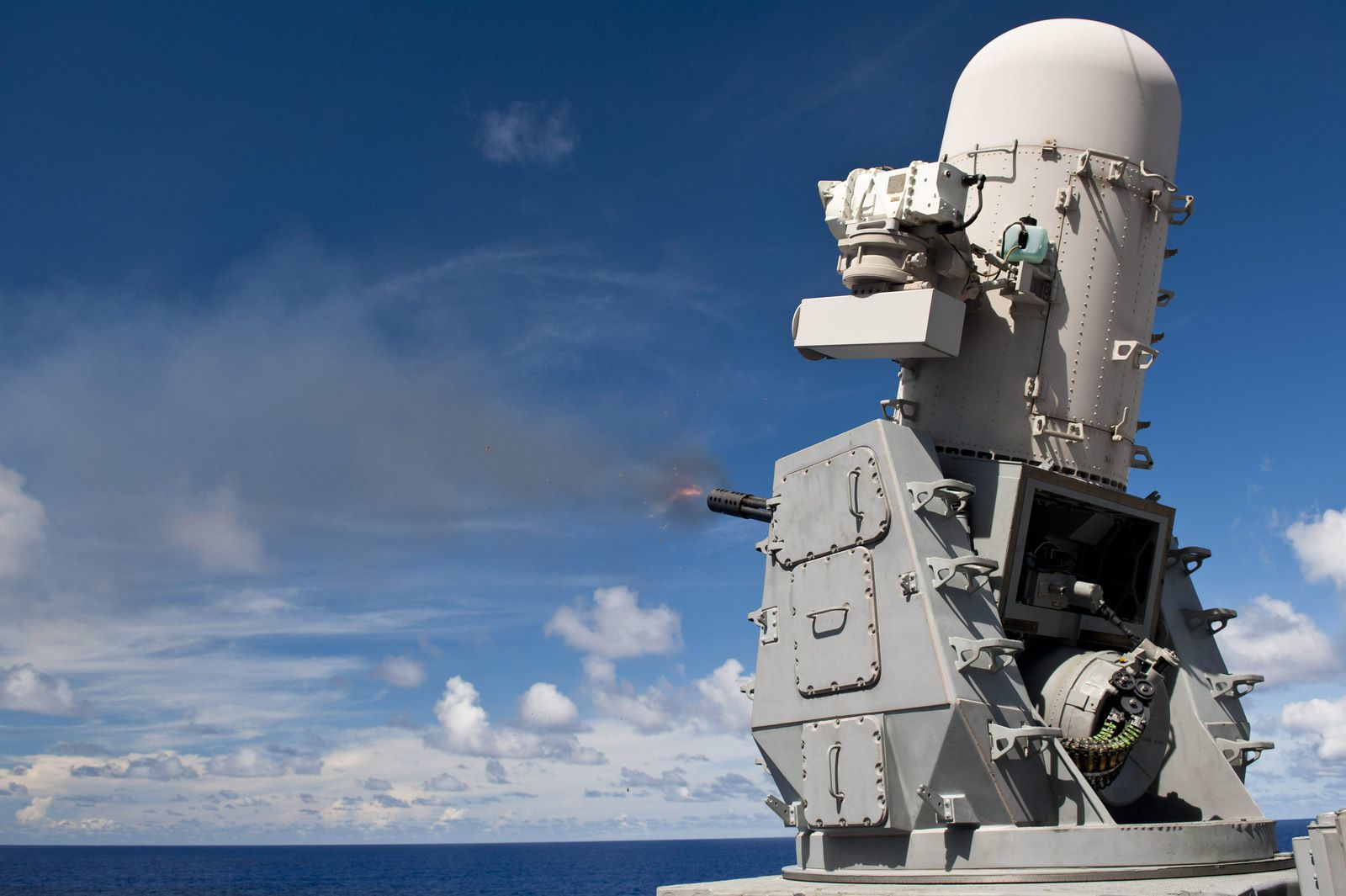






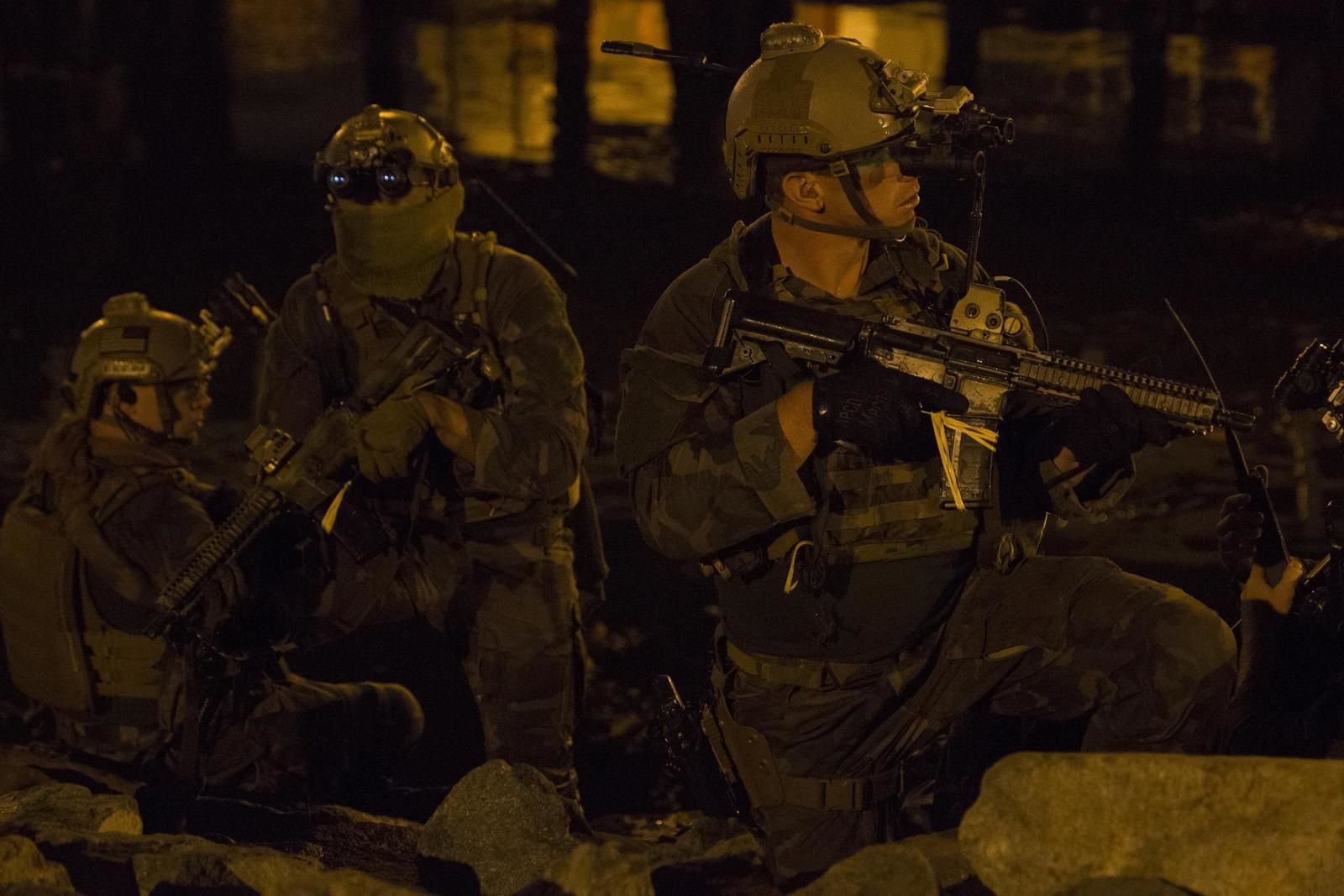

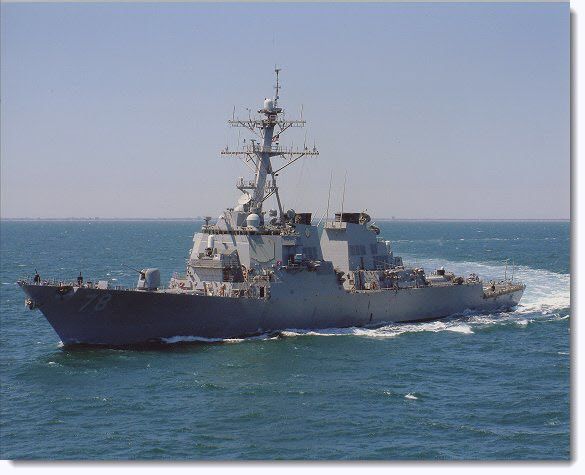



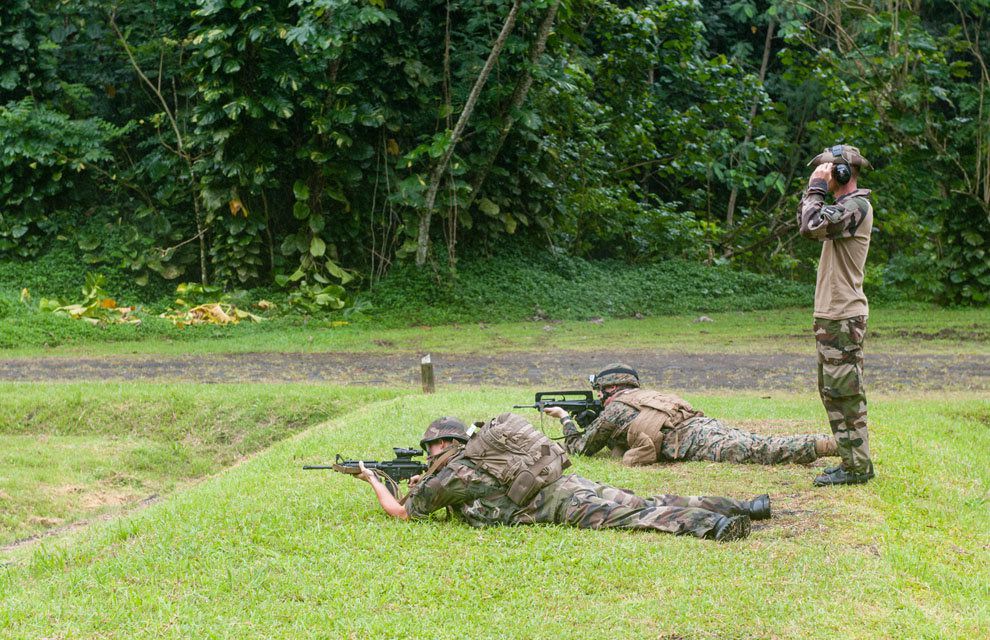
/image%2F0547456%2F20151007%2Fob_5a8419_2015mppt073-001-142-j-bellenand-c-mari.jpg)
/image%2F0547456%2F20151007%2Fob_ca87d9_2015mppt074-001-535-j-bellenand-c-mari.jpg)
